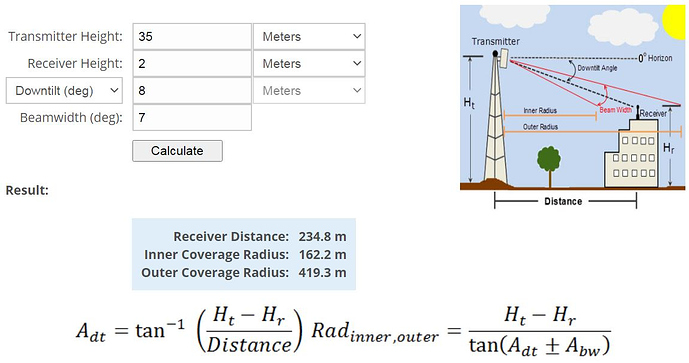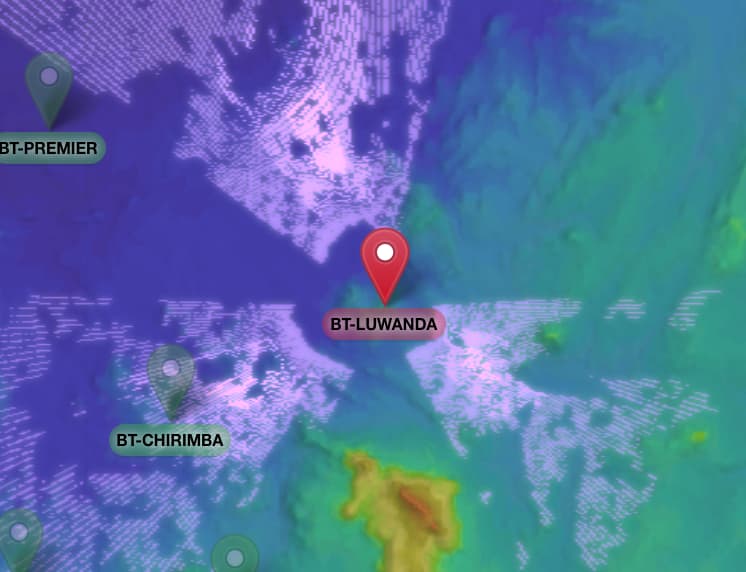How does tilt calculator work, means what’s the logic?
Tilt modification is based on drive test.
Basically tilt needs to be in such a way to fulfill all followinf conditions: enough overlaping with neighboring cells, no coverage holes, footprint layed on the ground as much as possible.
Thanks @RFSpecialist.
What if we don’t have drive test?
And say site is overshooting, how to make judgement, how much tilt need to changed?
For example if HBW is 7 degrees it needs at least 4 degree tilt to lay the whole footprint on the ground.
If it still overshoots from propagation delay make it 5 degree tilt or 6 degree tilt.
In the city most cells have 6-8 degrees some of them even 10-12 degree. It all depends of height of the site and distance to neighbor cell.
Timing advance KPI!
Make sure 20 percent overlapping with neighbor cells is a effective optimisation of tilt.
Beyond that overshooting and less than that RSRP penetration issues.
Based on TA measurements.
Base on TA analysis.
Any change of tilt without drivetest data is very likely to produce coverage holes.
It’s gambling basically.
Okay thank You all.
Anyone has a tilt calculator to share?
Try this:
https://www.pasternack.com/t-calculator-antenna-downtilt.aspx
See attached example it’s pretty straight forward.
It’s pretty good tool at that link to calculate online what you need.
What is the normal beam width of an antenna?
HPBW (Half Power Beam Width) is used as a metric for mobile base station antennas. A typical low-band (900MHz) antenna with 2m length has 7° vertical HPBW and 60° horizontal HPWB.
If you coverage area is flat, then you normally install such an antenna at around 40m height and tilt it 4°. This will give you around 30km coverage 360°.
HOWEVER, generally no such thing as a flat coverage area exists (!). There are valleys and hills almost everywhere. The best simulation tool available for determining tilts and azimuths for your antennas is ray tracing. Here is an example of coverage simulation using antenna parameters and ray tracing:

